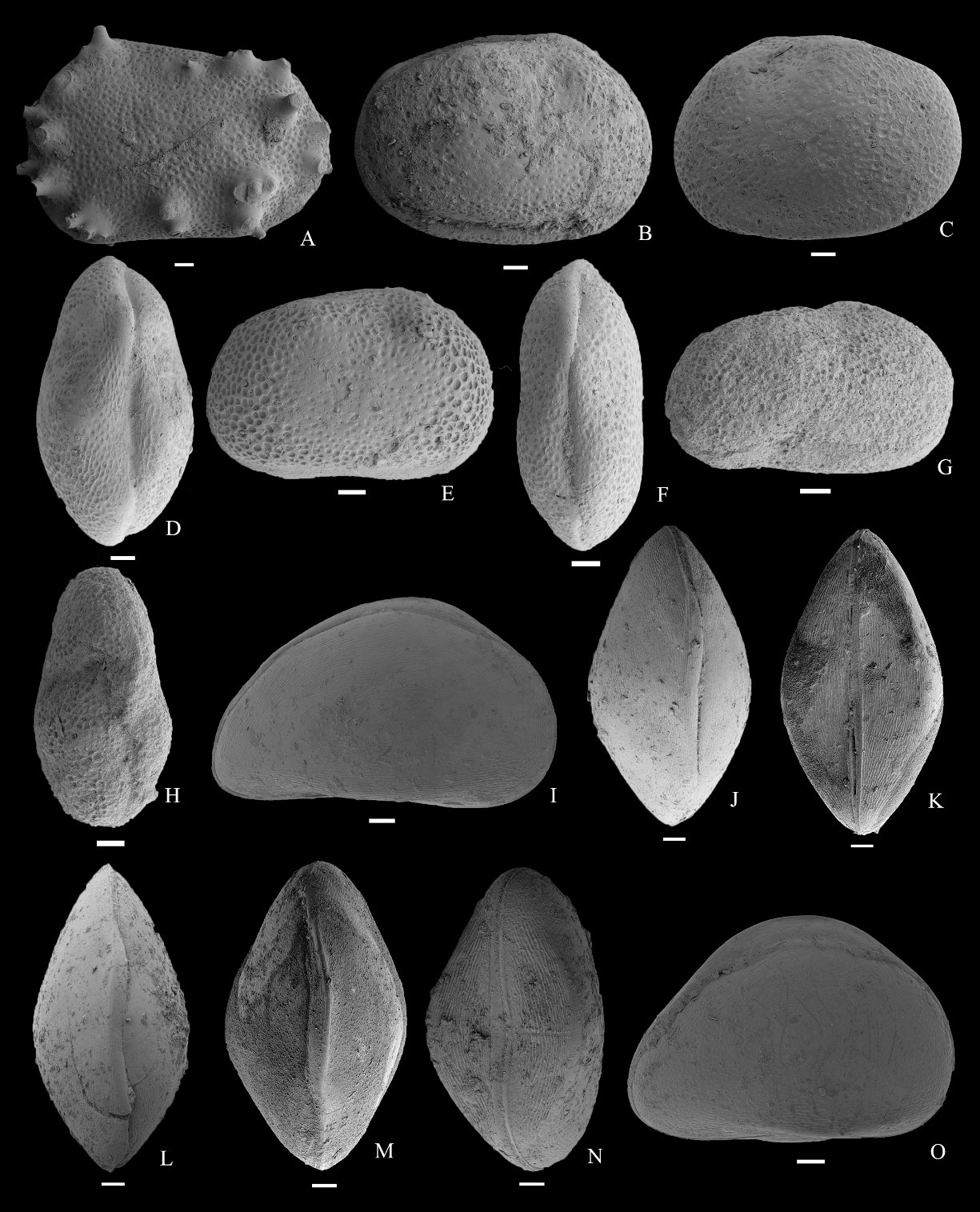
↑ Late Cretaceous ostracod fauna from the Shenjiatun Section (Songliao Basin, Northeast China): Biostratigraphic and Palaeoecological implications. (WANG Yaqiong et al., 2017.Cretaceous Research)

↑ Clam shrimp genus Ordosestheria from the Lower Cretaceous Dalazi Formation in Jilin Province, north-eastern China. (TENG Xiao, LI Gang, 2017.Cretaceous Research)
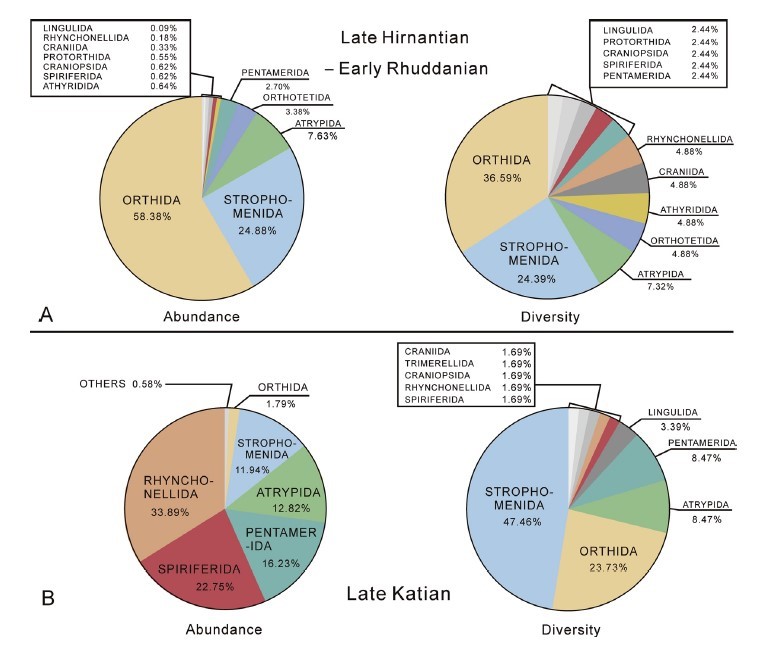
↑ Brachiopod faunas after the end Ordovician mass extinction from South China: Testing ecological change through a major taxonomic crisis. (HUANG Bing et al., 2017.Journal of Asian Earth Sciences)
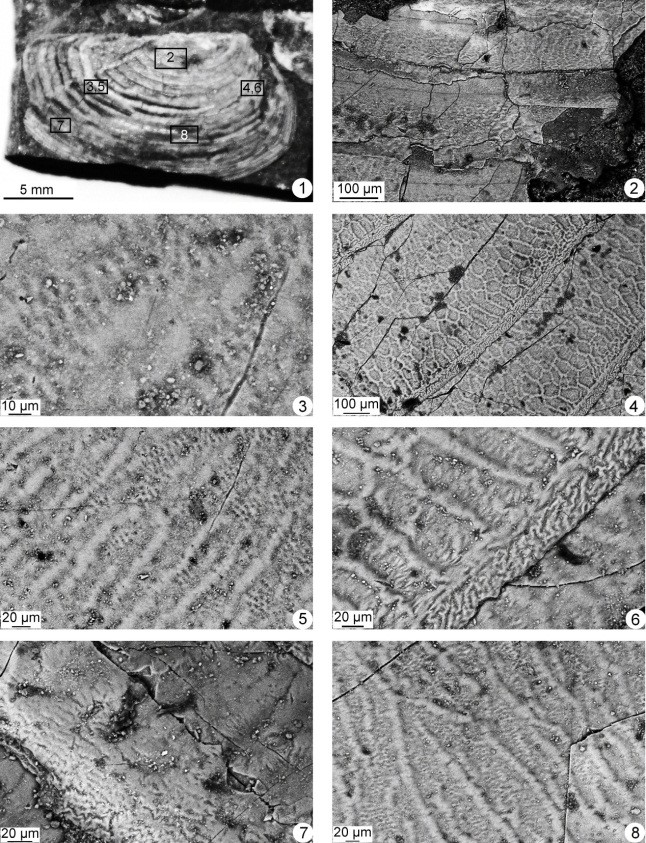
↑ SEM morphological study of clam shrimp Diestheria (spinicaudatan) of the Jehol Biota of China. (LI Yuling et al., 2017.Sci. Rep.Niigata Univ.(Geology))
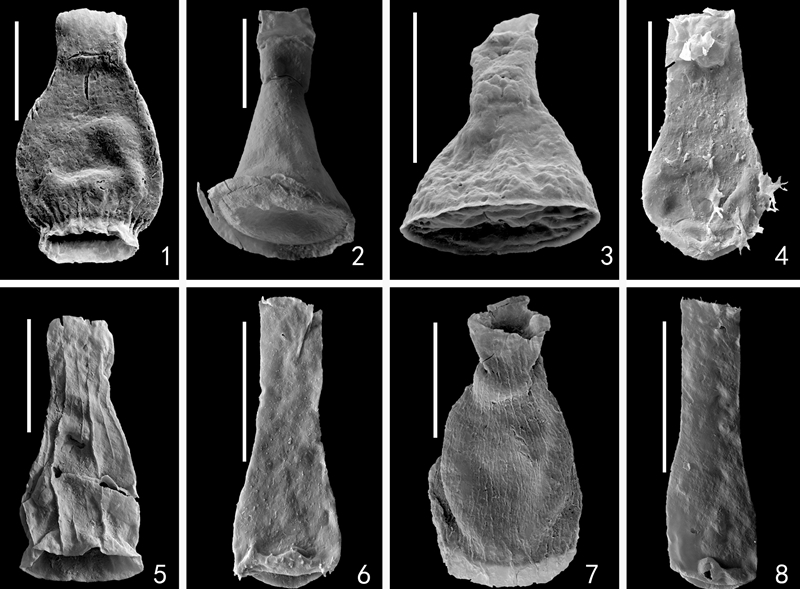
↑ Middle–Late Ordovician chitinozoans from the Yichang area, South China, and their macroevolutionary and palaeobiogeographical implications. (LIANG Yan et al., 2017.Review of Palaeobotany and Palynology)
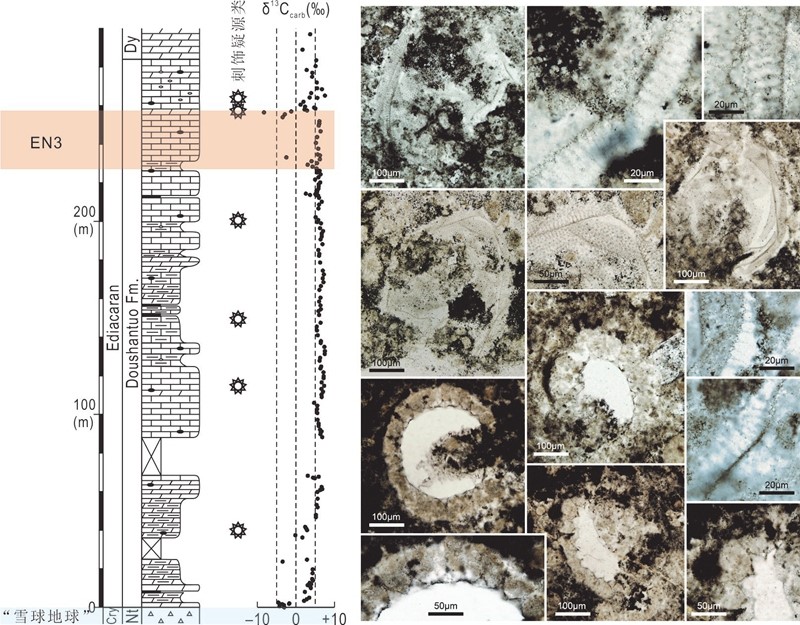
↑ Acanthomorphic acritarchs of the Doushantuo Formation from an upper slope section in northwestern Hunan Province, South China, with implications for early–middle Ediacaran biostratigraphy. (OUYANG Qing et al., 2017.Precambrian Research).
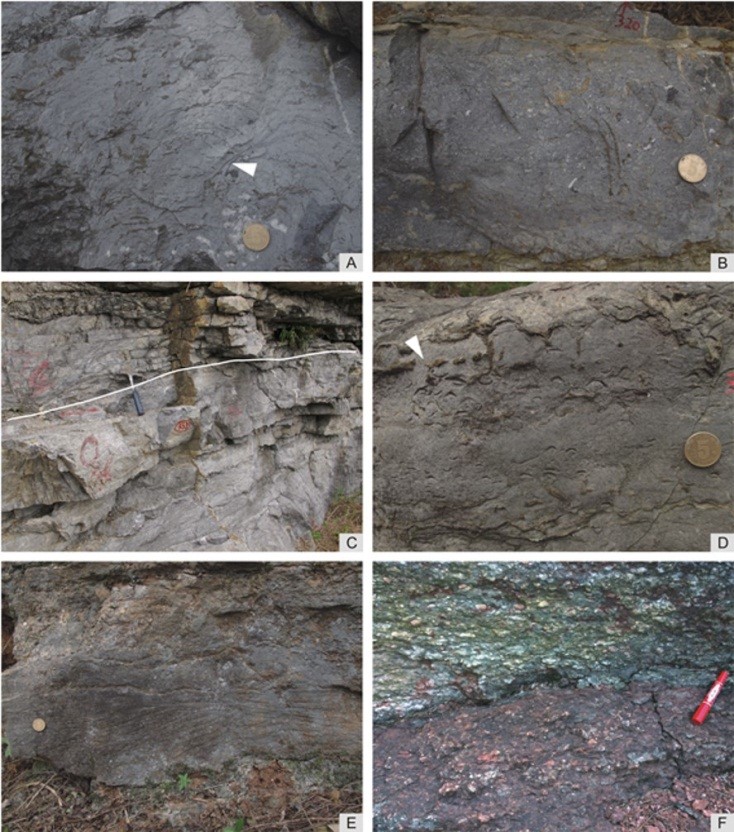
↑ Microfacies analysis of the Lower-Middle Ordovician succession at Xiangshuidong, southwestern Hubei Province, and the drowning and shelf-ramp transition of a carbonate platform in the Yangtze region. (LUAN Xiaocong et al., 2017.Palaeogeography, Palaeoclimatology, Palaeoecology)
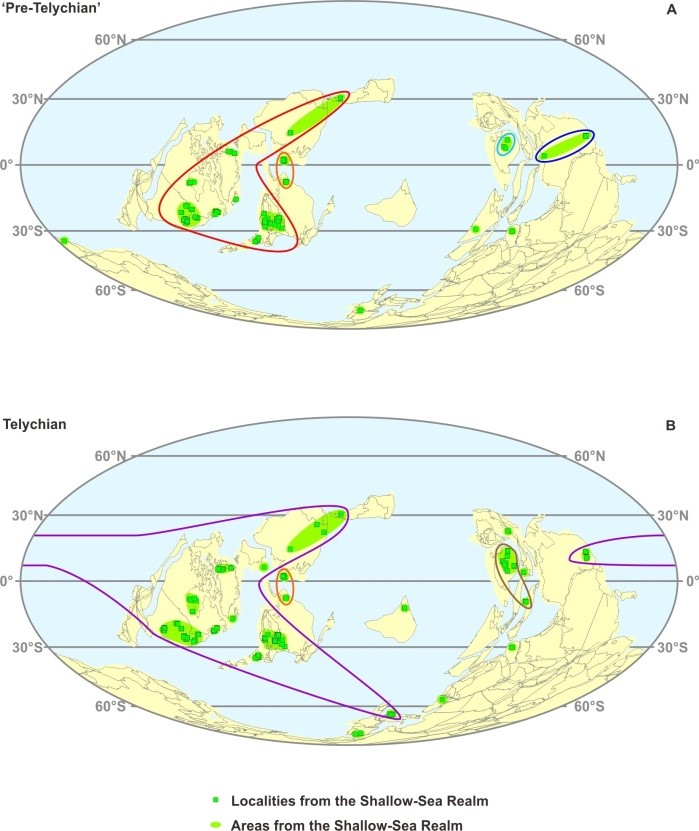
↑ Llandovery (Silurian) conodont provincialism: An update based on quantitative analysis. (CHEN Zhongyang et al., 2017. Palaeogeography, Palaeoclimatology, Palaeoecology)
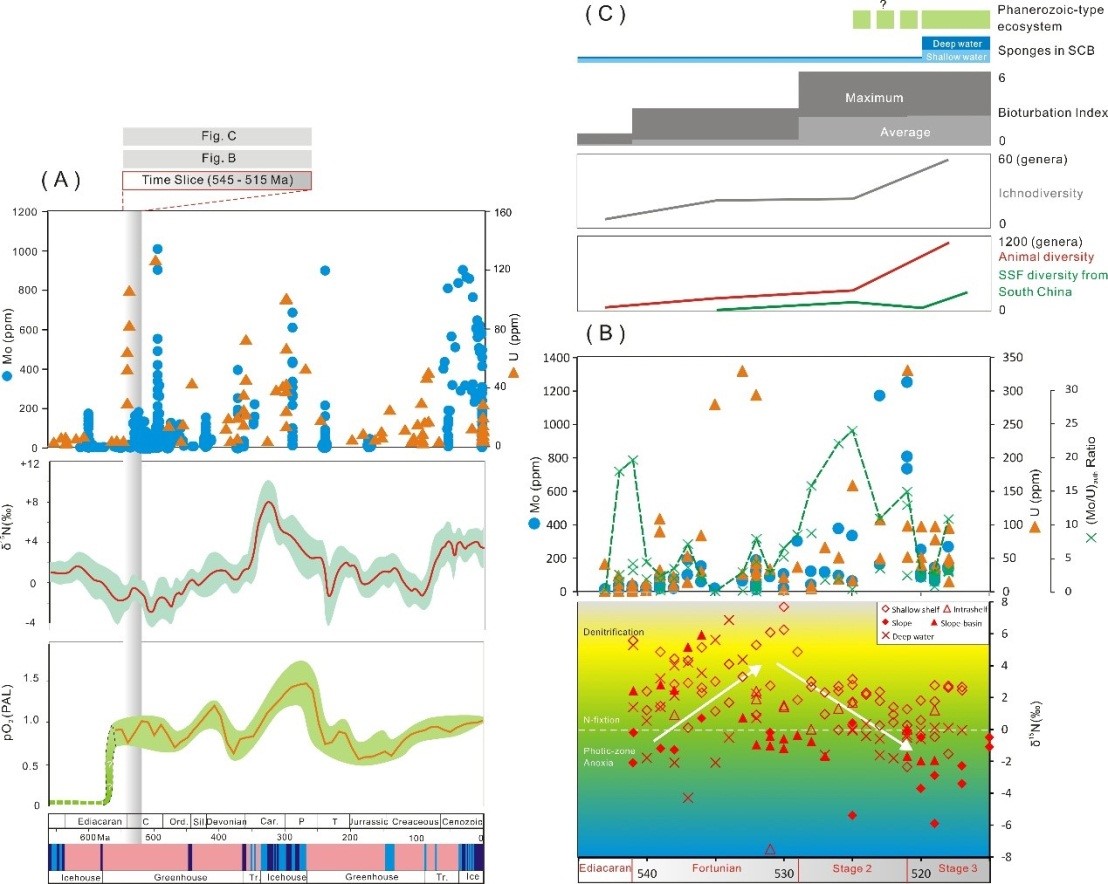
↑ Heterogenous oceanic redox conditions through the Ediacaran-Cambrian boundary limited the metazoan zonation. (ZHANG Junpeng et al., 2017.Scientific Reports)
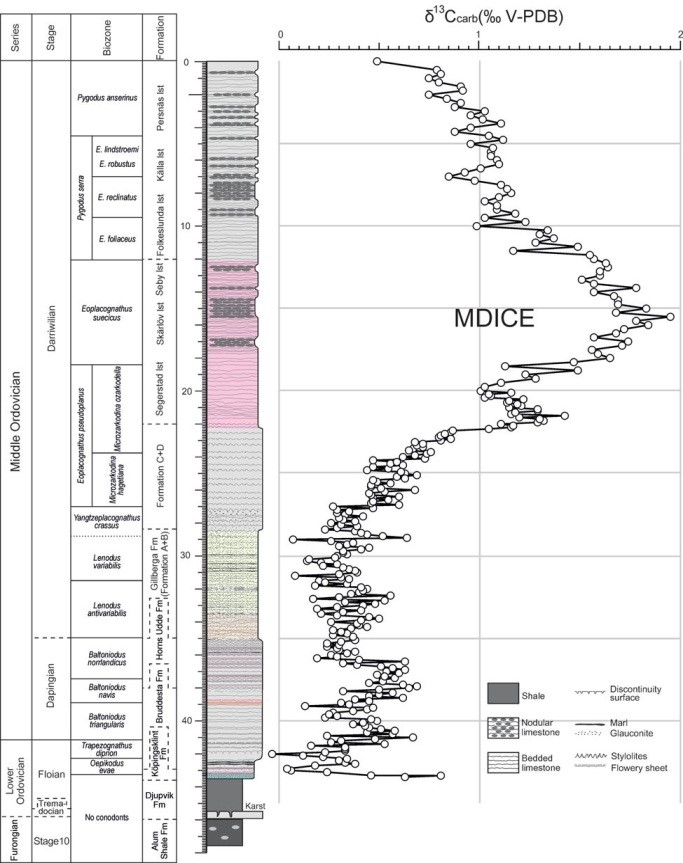
↑ Integrated conodont biostratigraphy and carbon isotope chemostratigraphy in the Lower–Middle Ordovician of southern Sweden reveals a complete record of the MDICE. (WU Rongchang et al., 2017.Geological Magazine)
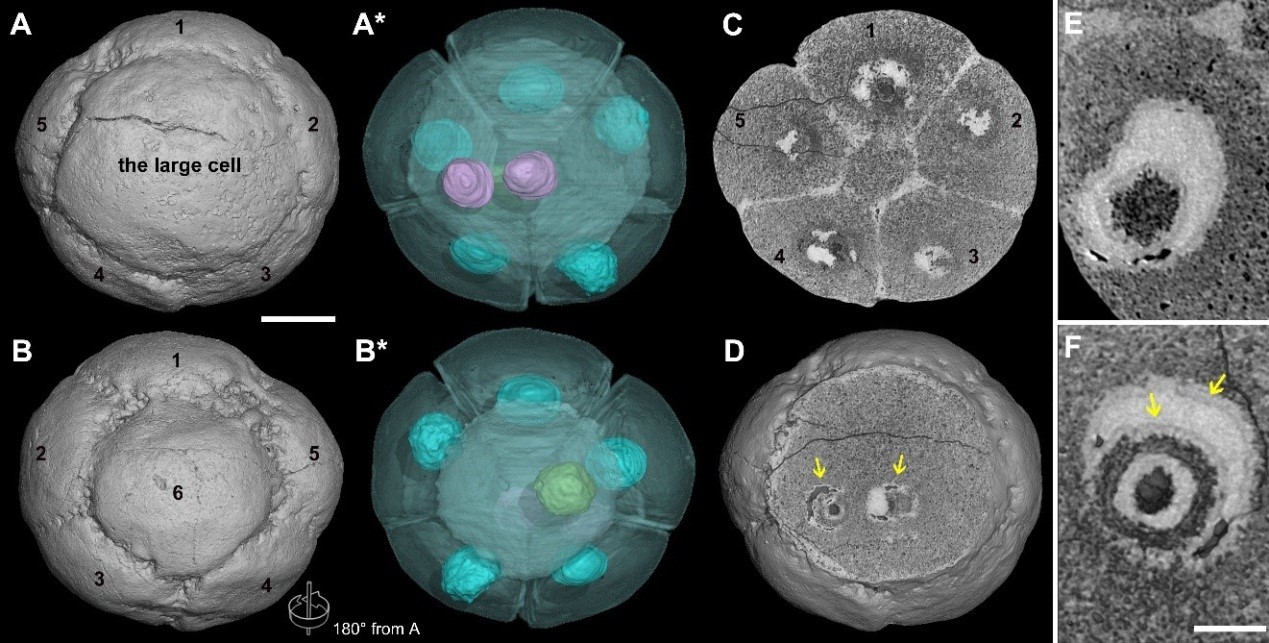
↑ Nuclei and nucleoli in embryo-like fossils from the Ediacaran Weng’an Biota. (YIN Zongjun et al., 2017.Precambrian Research)
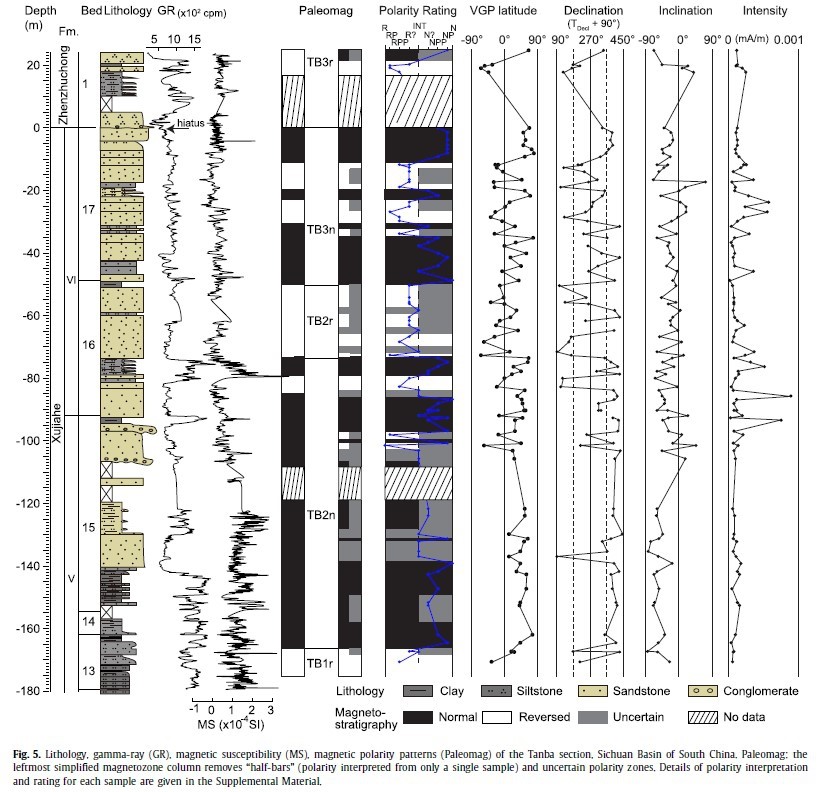
↑ Astronomical tuning and magnetostratigraphy of the Upper Triassic Xujiahe Formation of South China and Newark Supergroup of North America: Implications for the Late Triassic time scale. (LI Mingsong, et al., 2017.Earth and Planetary Science Letters)
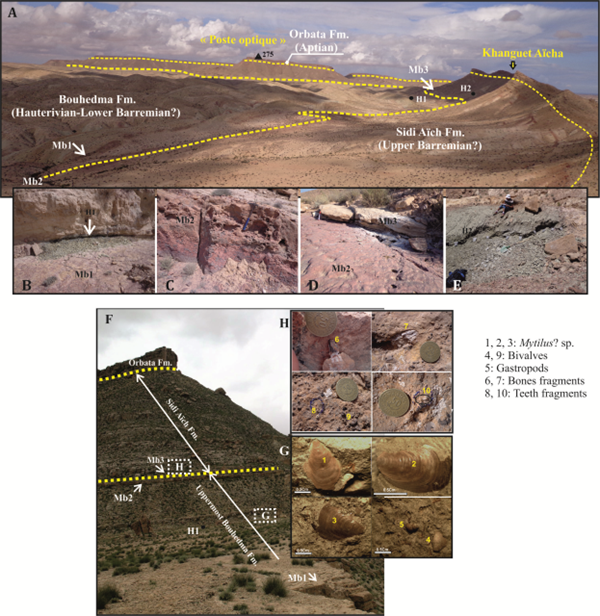
↑ New Early Cretaceous clam shrimps (Spinicaudata) from uppermost Bouhedma Formation of northern Chotts range, southern Tunisia: Taxonomy, stratigraphy and palaeoenvironmental implications. (LI Gang et al., 2017.Cretaceous Research)
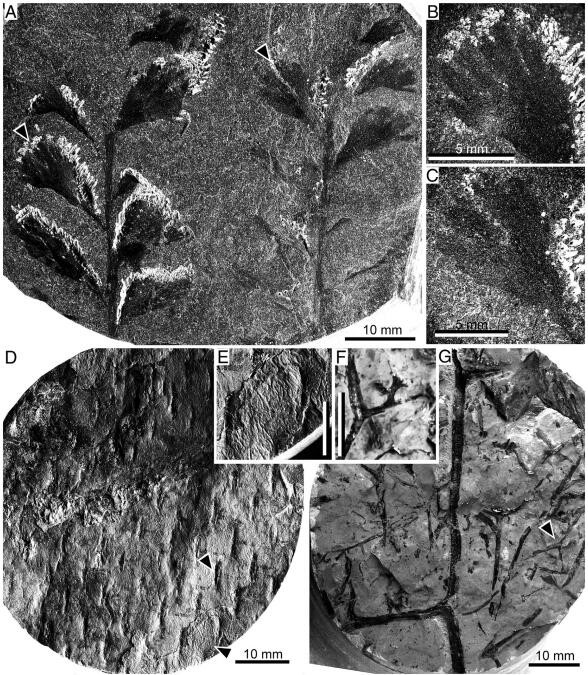
↑ Discovery of Late Devonian plants from the southern Yellow Sea borehole of China and its palaeogeographical implications. (GUO Xingwei, XU Honghe* et al., 2017.Palaeogeography, Palaeoclimatology, Palaeoecology)
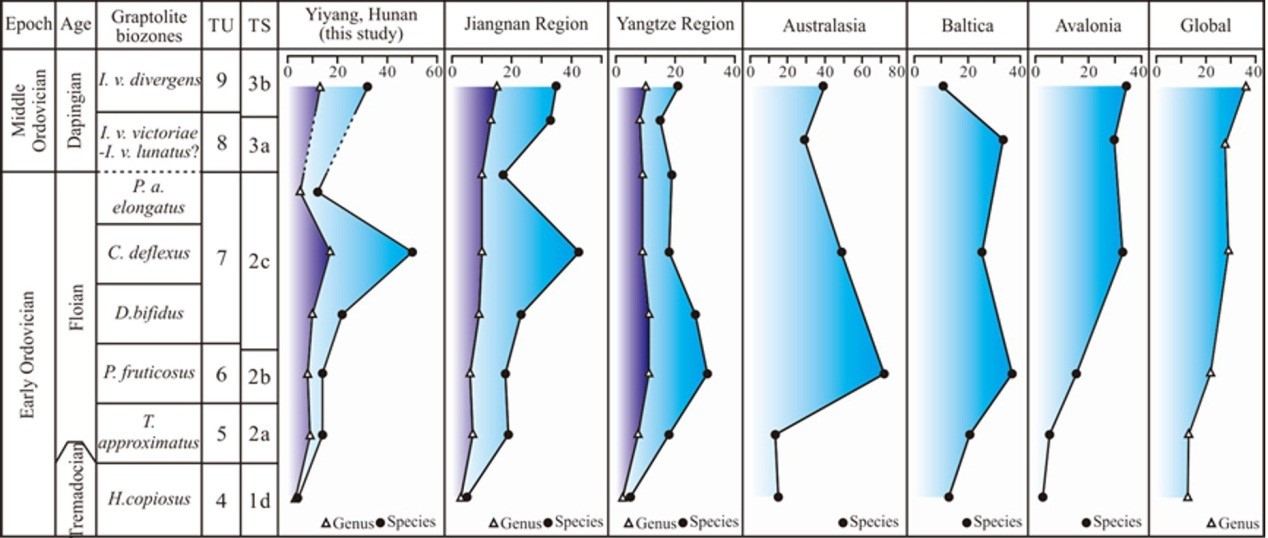
↑ Graptolite diversification during the Floian and Dapingian (Early-Middle Ordovician): A case study from the Ningkuo Formation of Hunan Province, China. (LI Lixia et al., 2017.Palaeoworld)
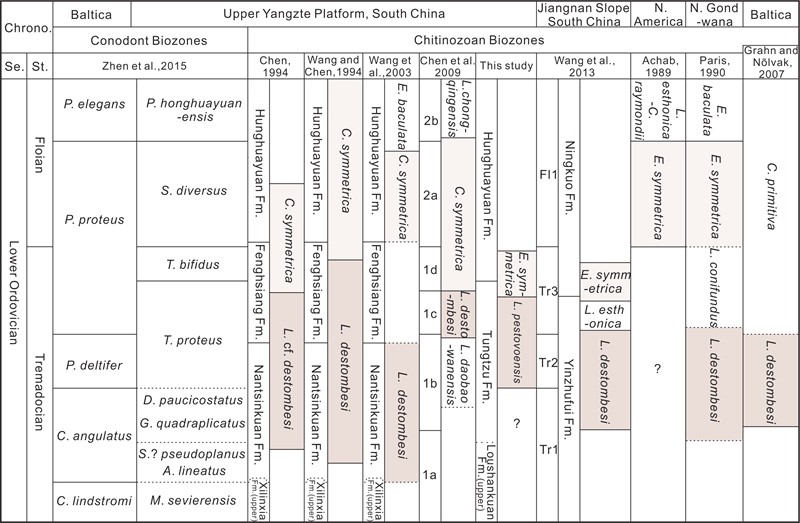
↑ Tremadocian (Early Ordovician) chitinozoan biostratigraphy of South China: An update. (LIANG Yan et al., 2017.Review of Palaeobotany and Palynology)
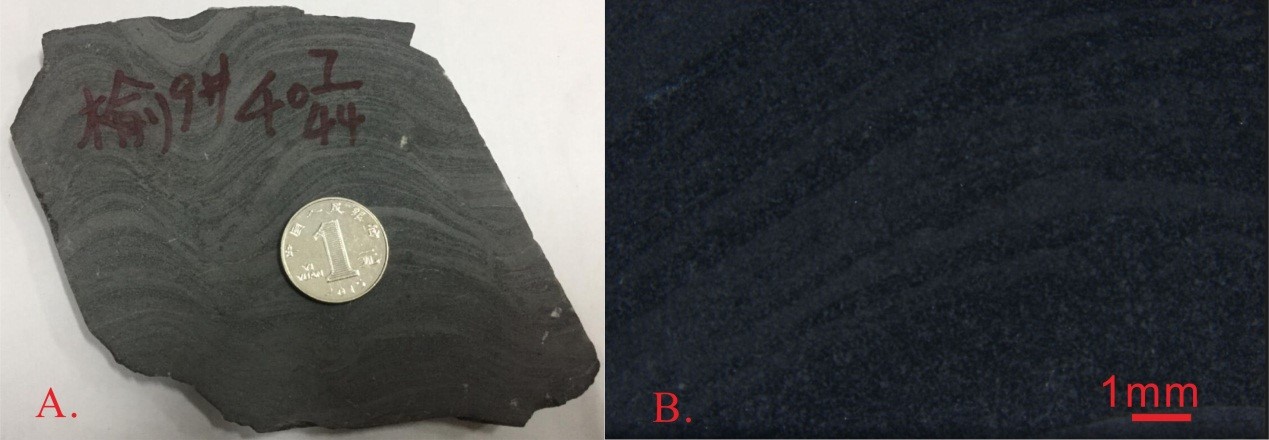
↑ Stromatolites in Middle Ordovician carbonate–evaporite sequences and their carbon and sulfur isotopes stratigraphy, Ordos Basin, northwestern China. (MENG Fanwei et al., 2017.Carbonates and Evaporites)
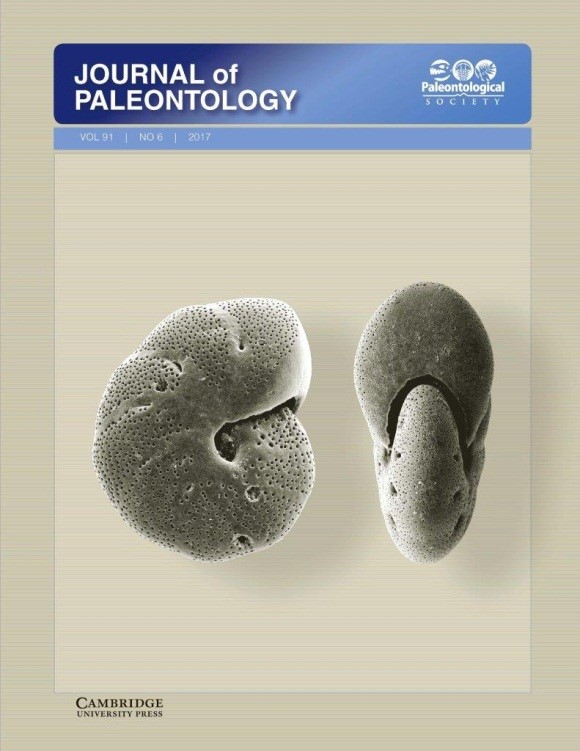
↑ Post-glacial Foraminifera of the incised Yangtze paleo-valley and paleoenvironmental implications. (KE Xue, LI Baohua* et al., 2017.Journal of Paleontology)
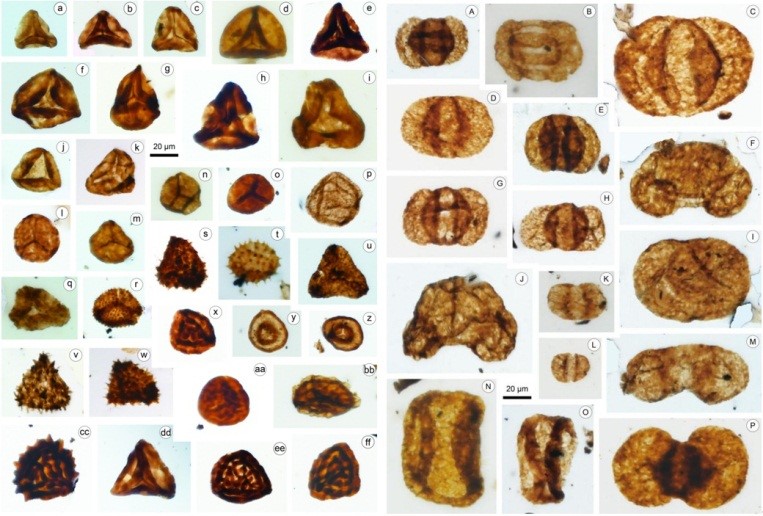
↑ Late Triassic ecosystem variations inferred by palynological records from Hechuan, southern Sichuan Basin, China. (LI Liqin et al., 2017.Geological Magazine)
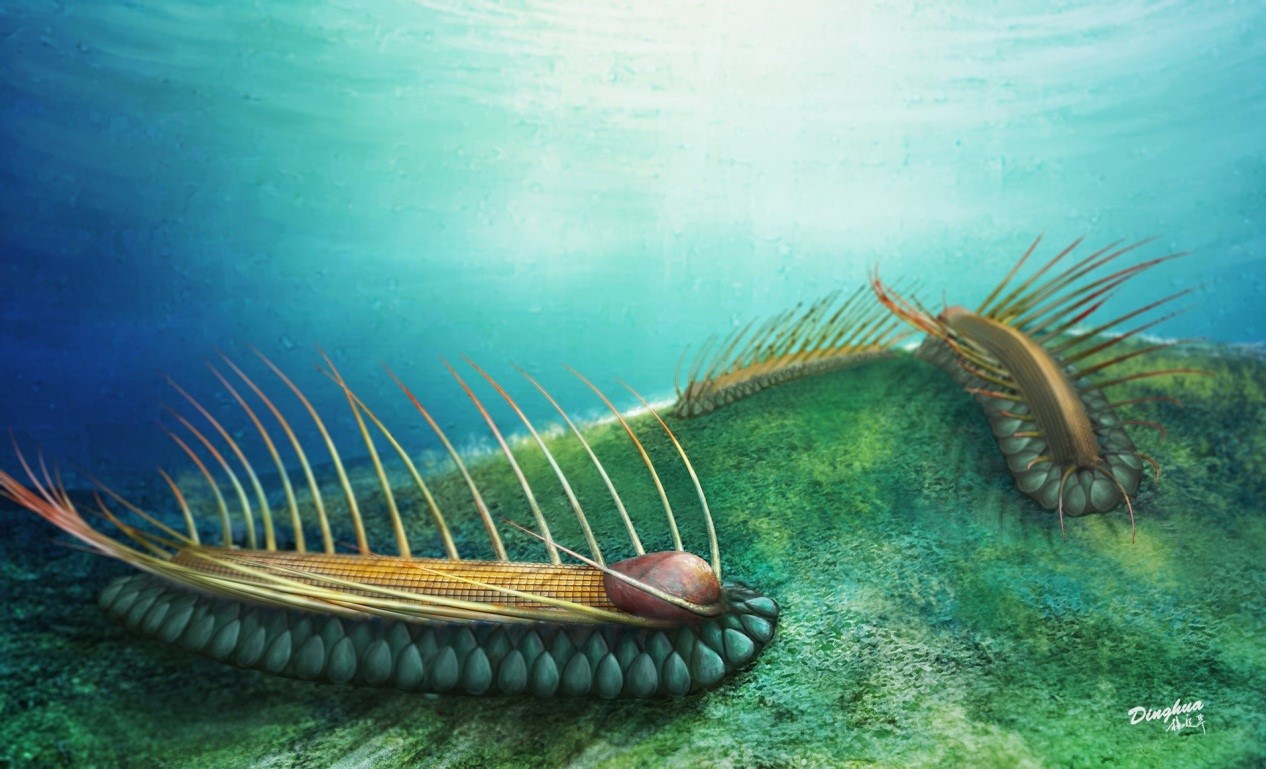
↑ Orthrozanclus elongata n. sp. and the significance of sclerite-covered taxa for early trochozoan evolution. (ZHAO Fangchen et al., 2017.Scientific Reports)
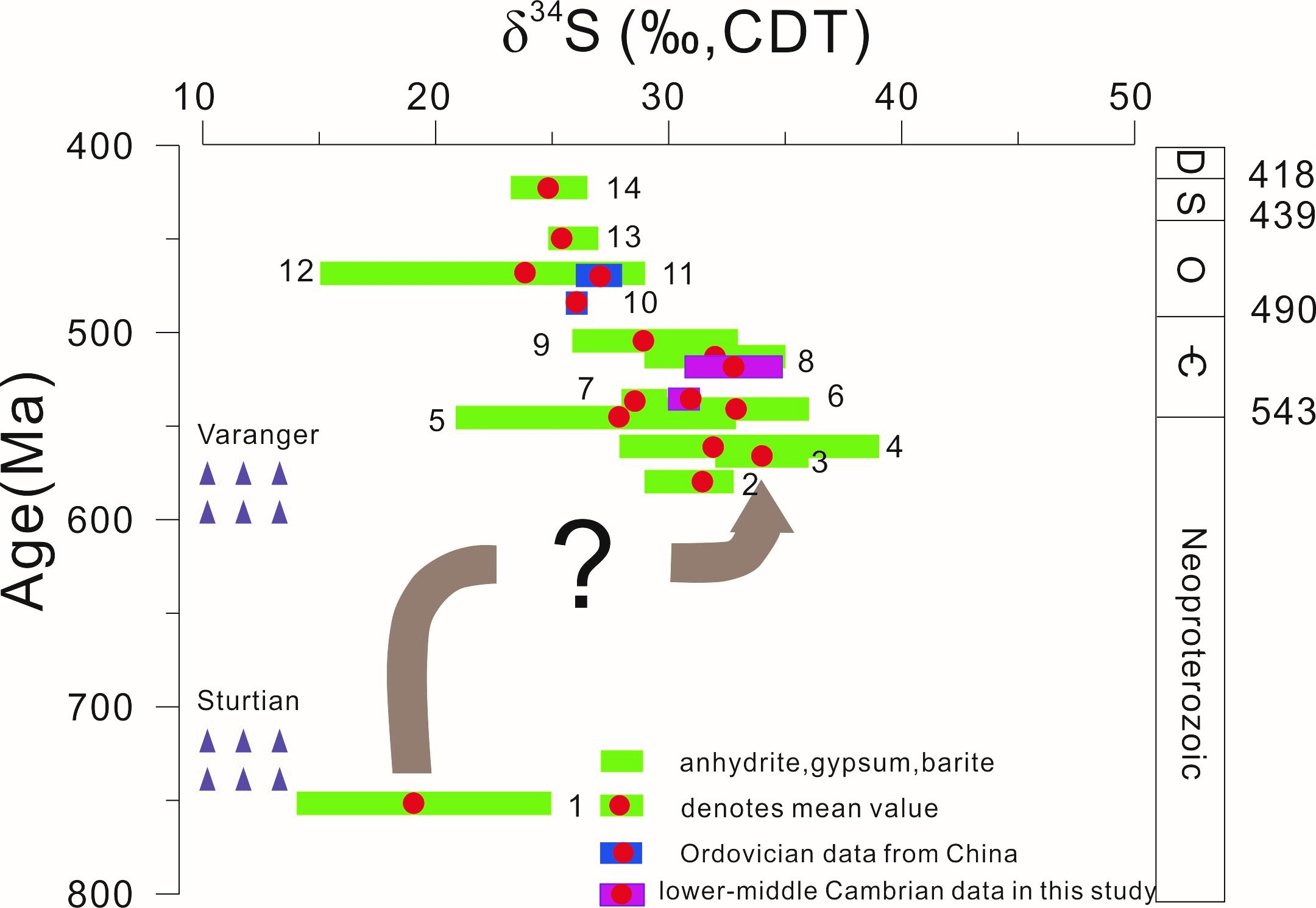
↑ The Yudomski Event and subsequent decline: New evidence from δ34S data of lower and middle Cambrian evaporites in the Tarim Basin, western China. (MENG Fanwei et al., 2017.Carbonates and Evaporites)
Download:
